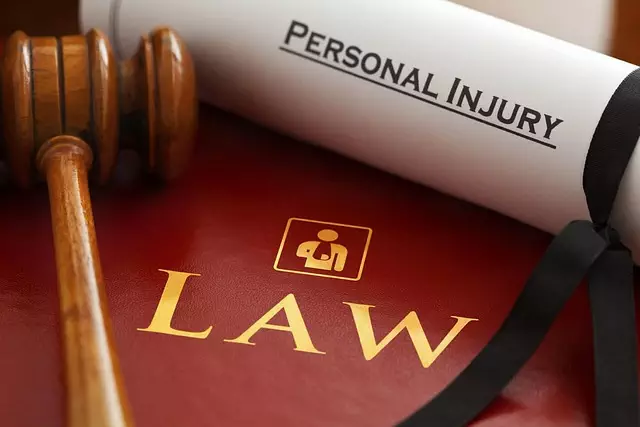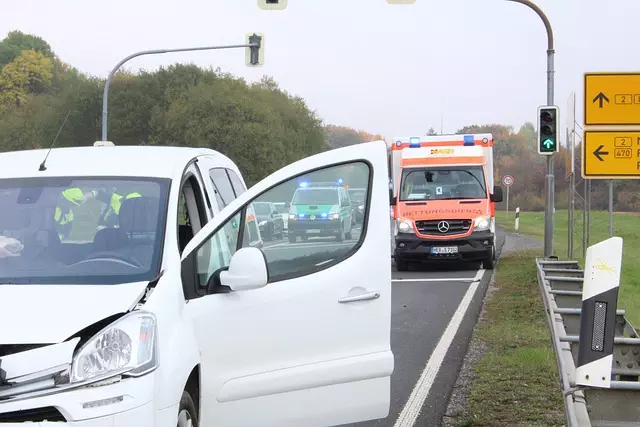Cell phone distractions among pedestrians in New York City pose a significant safety hazard, leading to an increase in accidents and severe injuries or fatalities. A Pedestrian Crossing Safety Attorney NYC highlights this growing issue and advocates for stricter laws, enhanced enforcement, and public education to promote responsible behavior and protect pedestrians. Collaboration between city officials, educators, and individuals is crucial to ensure safer streets and reduce incidents caused by distracted walking.
In the bustling city of New York, cell phone use while driving has become a growing concern, especially at pedestrian crossings. This article delves into the dangers of distracted driving, focusing on its impact on pedestrian safety in NYC. We explore real-life stories to highlight the consequences and discuss the legal perspective, including New York City’s laws. Furthermore, we present prevention strategies aimed at protecting both pedestrians and drivers. If you’re seeking guidance as a Pedestrian Crossing Safety Attorney NYC, this article offers valuable insights into tackling this pressing issue.
- Cell Phone Use and Pedestrian Safety in NYC: A Growing Concern
- The Impact on Pedestrians: Stories from the Road
- Legal Perspective: Understanding New York City's Laws
- Prevention Strategies: Protecting Pedestrians and Drivers Alike
Cell Phone Use and Pedestrian Safety in NYC: A Growing Concern

Cell phone use while walking in New York City, especially around busy intersections and pedestrian crossings, has become a significant concern for safety advocates. With the constant pull to check messages or make calls, pedestrians often find themselves distracted, leading to potential hazards on city streets. This issue is particularly pressing considering NYC’s dense population and intricate network of sidewalks and crosswalks.
A Pedestrian Crossing Safety Attorney in NYC may highlight the growing number of accidents involving pedestrians who are not paying full attention due to their phone use. These incidents can result in severe injuries or even fatalities, underlining the importance of promoting awareness and responsible behavior. Addressing this problem requires a collective effort from city officials, educators, and individuals to ensure that everyone remains alert while navigating NYC’s bustling streets.
The Impact on Pedestrians: Stories from the Road

In New York City, where bustling sidewalks and heavy foot traffic are the norm, cell phone use while driving has become a significant concern, especially for pedestrians. Despite the city’s renowned pedestrian-friendly infrastructure, including well-marked crosswalks and dedicated lanes, accidents involving drivers distracted by their phones are on the rise. These incidents often have severe consequences for innocent pedestrians who may be crossing the street at the time.
Stories from the road paint a disturbing picture. Pedestrians share harrowing tales of near misses and actual collisions with vehicles whose operators were engrossed in their phones. A Pedestrian Crossing Safety Attorney NYC highlights that many of these accidents could have been prevented if drivers had paid attention to the roads instead of their screens. The impact on pedestrians extends beyond physical injuries; it includes emotional trauma and a heightened sense of danger while navigating New York’s streets.
Legal Perspective: Understanding New York City's Laws

In New York City, the use of cell phones while driving is strictly regulated to enhance road safety, especially at pedestrian crossings. According to state laws, it is illegal for drivers to hold or operate a mobile device while behind the wheel, even if they are stopped at a red light or in heavy traffic. This regulation is part of a broader effort to reduce accidents caused by distracted driving. Pedestrians crossing streets must be protected, and attorneys specializing in pedestrian crossing safety NYC are increasingly involved in cases where cell phone use contributes to collisions.
New York City’s laws not only prohibit text messaging and making calls while driving but also set penalties for violations, including fines and possible license suspension. Law enforcement agencies actively enforce these rules, particularly in areas with high pedestrian activity, to ensure the safety of all road users, especially during busy hours when foot traffic is dense. Understanding these legal perspectives is crucial for both drivers and pedestrians alike to foster a culture of safe driving practices in NYC.
Prevention Strategies: Protecting Pedestrians and Drivers Alike

In the bustling metropolis of New York City, where pedestrian crossings are abundant, preventing accidents involving cell phone use is a shared responsibility. A Pedestrian Crossing Safety Attorney NYC advocates for stringent measures to protect both pedestrians and drivers. One effective strategy is enhanced enforcement of existing laws that prohibit holding or operating a cell phone while driving. This includes more rigorous penalties and public awareness campaigns that highlight the dangers of distracted driving.
Additionally, promoting pedestrian awareness at crosswalks can significantly reduce accidents. Encouraging pedestrians to look up from their devices, be vigilant, and follow traffic signals can prevent tragic incidents. Collaborating with local communities, schools, and transportation authorities to implement these measures ensures a safer environment for everyone navigating NYC’s streets, making it a game-changer in reducing cell phone-related accidents.
Cell phone use while driving remains a significant hazard in NYC, with severe consequences for pedestrians. As highlighted throughout this article, both legal repercussions and personal stories emphasize the urgency of prioritizing safety. For those affected by accidents at pedestrian crossings, consulting a Pedestrian Crossing Safety Attorney NYC can be a crucial step towards justice and accountability. By adopting prevention strategies and adhering to local laws, we can collectively work towards reducing these incidents and ensuring safer streets for all.
